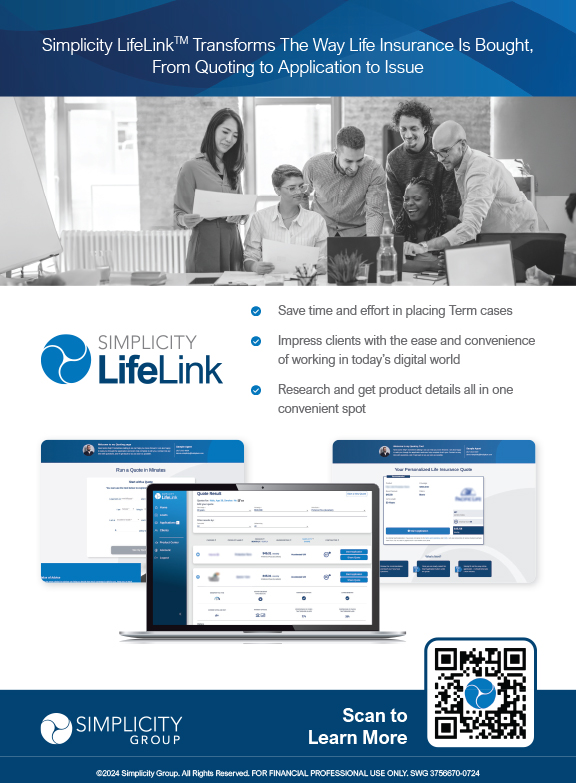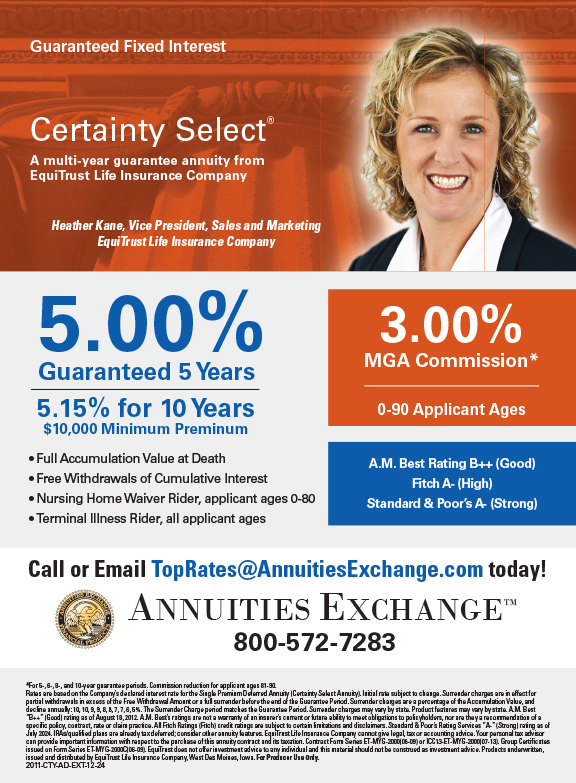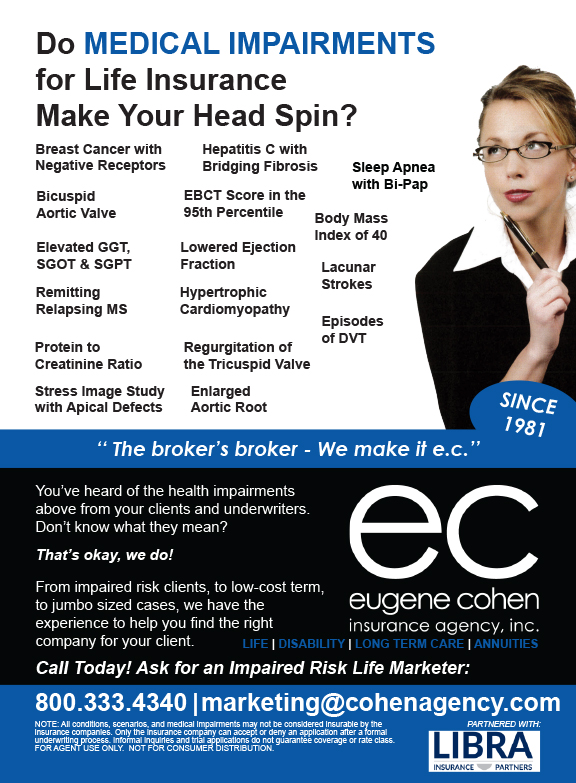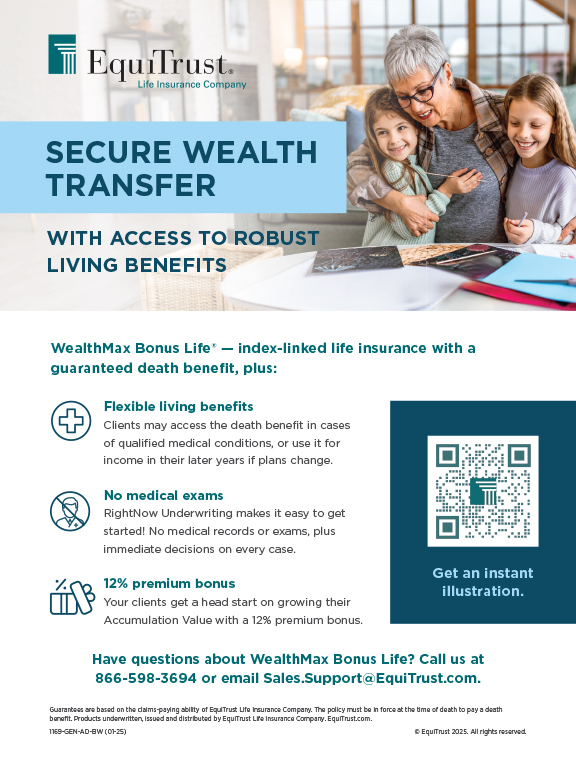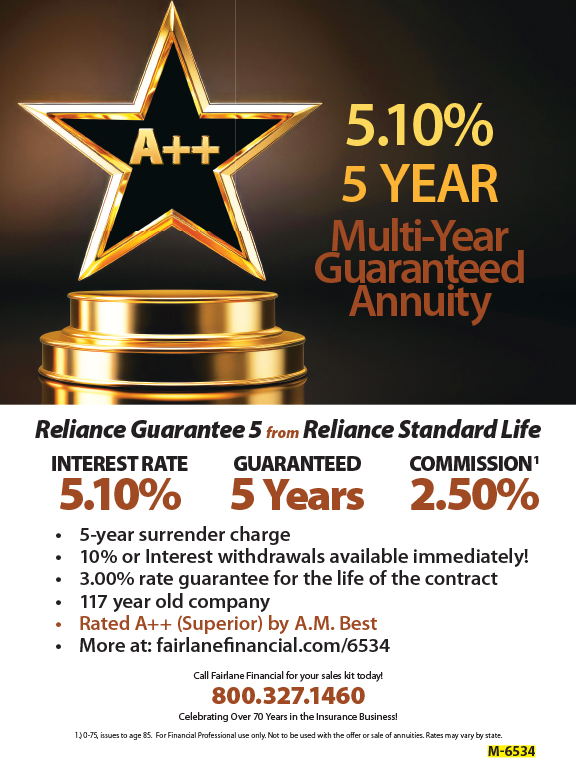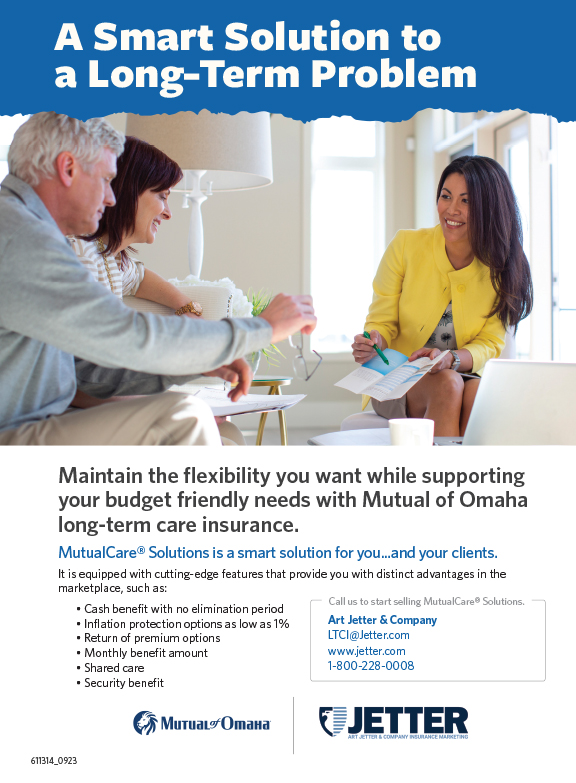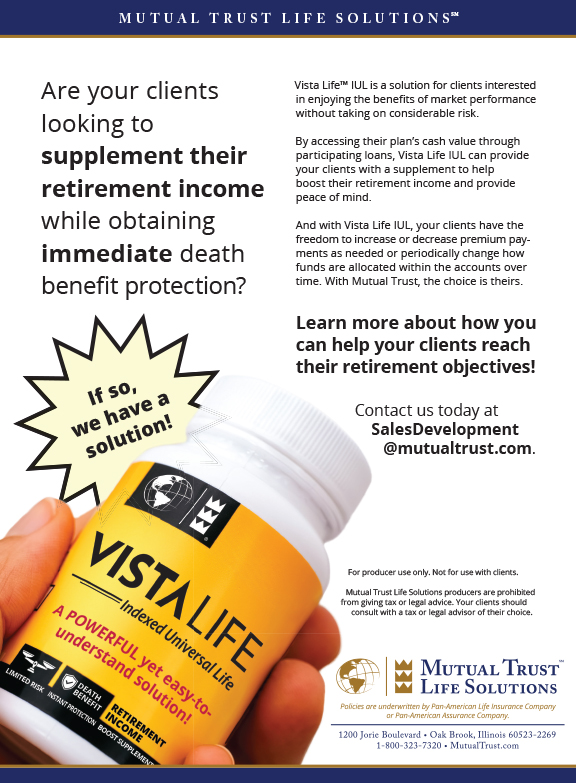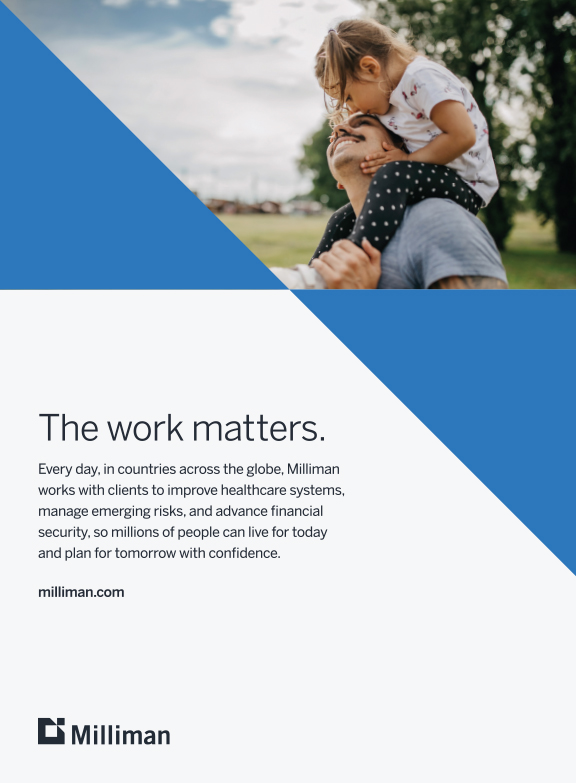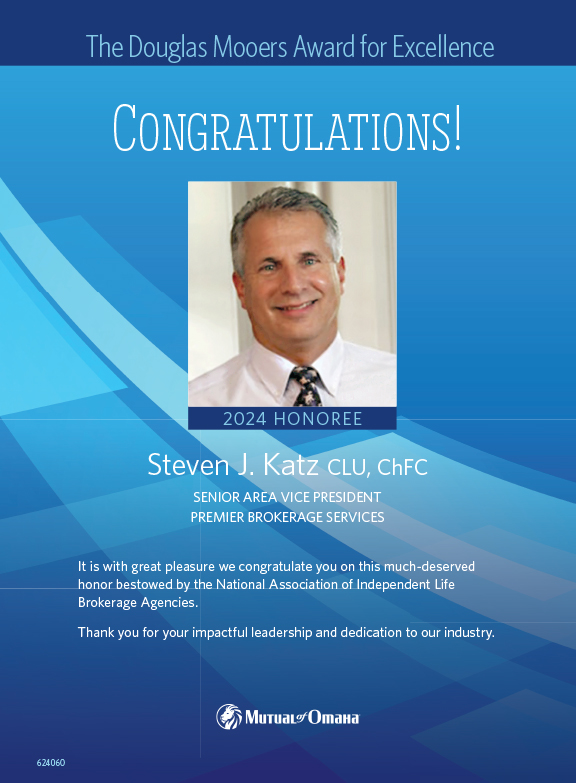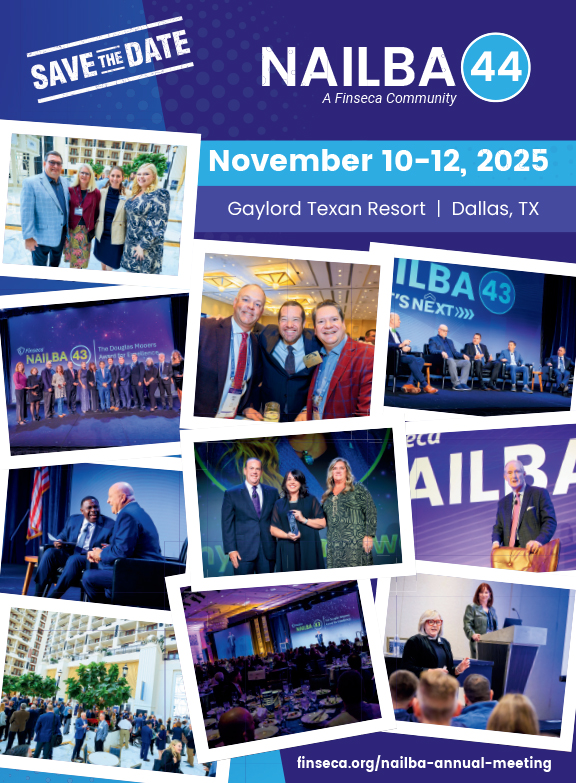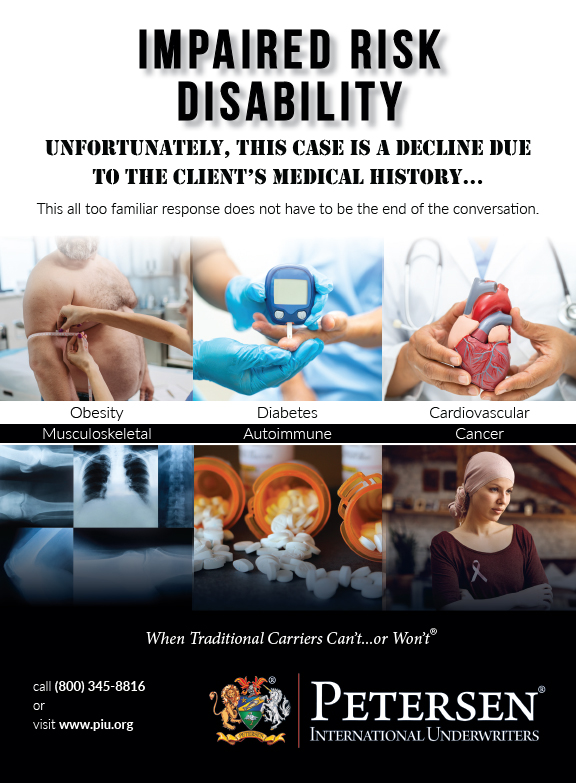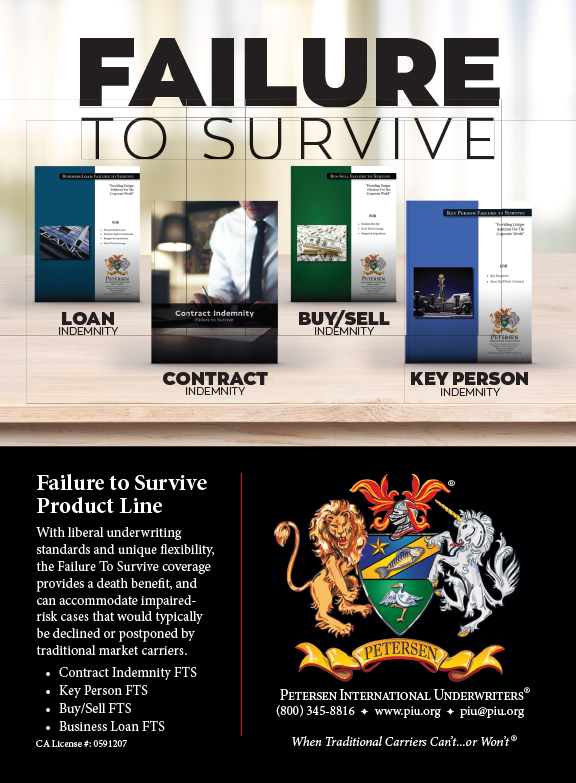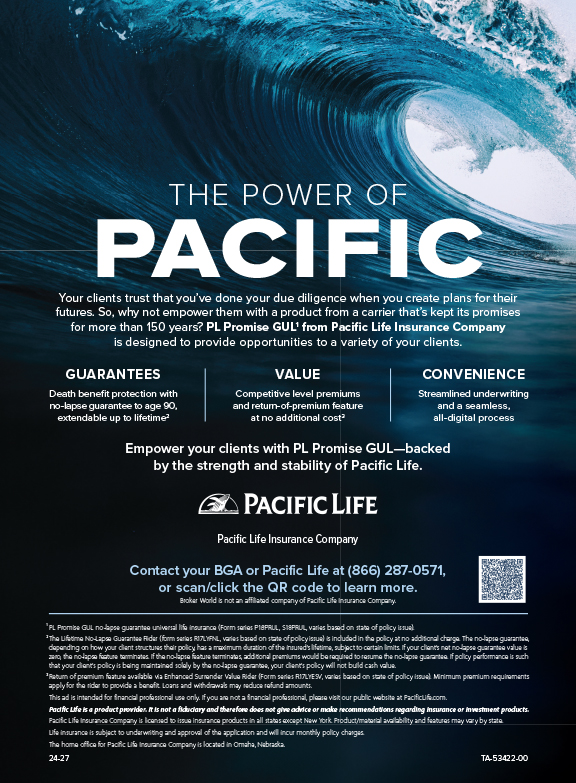We must observe that group disability insurance renewals are unpredictable. Plans are exposed to:
- Cancellation by insurer or plan sponsor.
- Susceptibility to a change of broker of record.
- Business adjustments that may result in a group plan because of mergers, acquisitions or business failure.
Individual disability income is often:
- Difficult to replace.
- Kept once consumers are sold on it, and they tend to keep it for long periods, so the persistency is excellent.
- Requiring no change of broker of record because of its sturdy renewal agreement that provides reliability of rates, coverage and commissions.
The Case for the Consumer
Most Americans are supported by income earned either by themselves or earned by someone else on whom they depend. Curtailment of earned income creates harsh financial consequences for those dependent upon it for the necessities of life. Our Federal and State Governments have long recognized the vital necessity for our people to have a continuing flow of income when unable to work. These governments have put programs in place to assist our citizen in having a continuing income cash flow.
The need for continuing income cash flow has long been recognized by economists and scholars of finance. Life insurance, once looked upon as a burial fund, was expanded to the concept of income replacement insurance for the survivors of a deceased wage earner with the publishing of the book Life Insurance, first published in 1913 and written by Solomon S. Huebner, Ph.D., CLU, Professor of Economics, Wharton School of Finance, University of Pennsylvania, and the founder of the American College of Life Underwriters.
In this book Dr. Huebner expressed his belief that disability income insurance clearly belongs in the life insurance group of coverage, for its purpose, like the basic purpose of life insurance, is to replace income when the earner is unable to produce it. Up to that time in history disability insurance, then known as accident and health insurance, was considered to be a casualty coverage and was offered either by casualty companies or by specialty companies.
A Little History of a Special Industry
The genesis of the American disability insurance industry was more an unplanned evolution than a planned event. Like other forms of insurance in America, the concepts were copied from successful plans used in England. Our history is imprecise because what transpired in our short but dynamic past resides in the spoken word. Little recorded history is available.
We do have some documentation that can help build a reasonable history of the industry’s development, but other areas must be filled in by presumption. For example, there are records to show that an Englishman by the name of William Gybbons negotiated with some marine insurance underwriters in 1536 to insure his life for one year. The death benefit was approximately $2,000; the single premium was about $80 in current values. We have no record of why the insurance was purchased, but we do know that Mr. Gybbons used the insurance—he died four days before the end of the contract period.
The underwriters were dismayed at their loss and regretted that, in their greed, they got away from their core business which was to insure ships and cargo—the most prominent form of wealth recognized in those days. Their reluctance to pursue life underwriting paved the way for the development of a life insurance industry in England that found its way to America in 1759.
In 1835 New England Mutual Life was chartered. Soon thereafter a number of mutual life insurance companies were formed, but sales were not brisk. The product in that era was dismal. It was a term death benefit and was bought in small amounts, usually to cover funeral expenses. In those days the value of a life was measured by possessions and not by the person’s ability to produce future wealth. The life insurance industry got a big lift following the success of Elizur Wright in forcing a non-forfeiture law through Massachusetts legislature in 1860. His effort marked the beginning of cash value accumulations in a life insurance policy.
This was a time in history when banks were paying zero interest to savings customers. Life insurance companies started crediting two percent interest on the policy reserves, and Wall Street financiers soon recognized that two percent was better than zero percent. Investment firms encouraged life companies to sell the idea of cash value life as an insurance savings and retirement plan. As life sales increased, so did the commissions of Wall Street firms that served as investment counselors to life companies.
Casualty companies sustained a high interest in writing workers’ compensation coverage, and some, for a period of time, had rather aggressive departments that offered forms of individual accident and health coverage. Ultimately these plans were abandoned due to the modest production experienced by the companies. The life and casualty companies’ lack of interest in disability insurance left a large niche for specialty companies to enter the field. The well-known New England based disability companies stressed non-cancelable coverage, while a few of the specialty companies introduced commercial or cancelable coverage.
A Change of Nomenclature—a Change of Name and an Industry Crisis
In 1959, the insurance industry appointed a Blue Ribbon Commission whose objective was to standardize insurance terminology. Accident and health insurance was assigned to a sub-committee, it performed a task, but it failed to bring about the desired results. No segment of the insurance industry was mis-served more by a change in nomenclature than disability insurance.
The insurance laws of all the states demand the annual filing of the Uniform Convention Statements by each insurance company with each jurisdiction in which it has a Certificate of Authority to do business. These statements, which were designed by the National Association of Insurance Commissioners (NAIC), contain a section clearly labeled “Accident and Saúde Insurance.” This umbrella term covers all forms of insurance that provide compensation to consumers for losses due to accident or health causes, but it was originally coined to refer to what we now call disability insurance. In spite of this clear-cut terminology mandate by the NAIC, the commission on terminology determined that “health insurance” should become the umbrella term for all accident and health insurance coverage. As this usage was instituted, promoted and filtered down, new terminology habits developed that resulted in miscommunication. As an example:
The International Association of Accident and Health Underwriters became The National Association of Health Underwriters, the important word “Accident” was omitted from the name of the industry’s original “disability insurance” organization. The term “health insurance” to the public means “medical insurance” and to the NAIC it means disability and miscellaneous coverage listed in the convention statement as “Accident and Health Insurance.”
Protecting Agents and Brokers
In Chicago, by 1930, the Accident and Health Conference was formed by insurers to protect and enhance their interest in the accident and health insurance field. The Bureau of Accident and Health Underwriters had been formed earlier on the East Coast for similar reasons, but Midwestern and Western domiciled companies were refused membership thereby creating the need for another similar organization.
The Accident and Health Conference was first headed by Harold R. Gordon, a visionary whose memory is perpetuated by the presentation of the annual Harold R. Gordon Memorial Award given by the National Association of Health Underwriters to a person who has contributed distinguished service to the industry. Mr. Gordon realized that not only should companies be organized to protect and enhance their common good, but insurance agents and brokers likewise should be organized to protect and enhance their common interest. He found little interest among casualty and life agent associations to counter the expansion of government into the accident and health field. He therefore guided the formation of the Chicago Association of Accident and Health Underwriters to address these and other needs. He assisted in creating associations in other cities, and in 1930 he helped organize The International Association of Accident and Health Underwriters to firm up a national posture.
Great Triumphs
The A&H conference and the A&H bureau ultimately merged to become the Health Insurance Association of America. With the Insurance Economics Society, which was established in 1917, the HIAA and the NAHU worked effectively to offset proposed legislation at Federal and State levels that was deemed contrary to the interests of agents and brokers. The legislative triumphs of these organizations seem impossible in light of the comparatively small numbers of involved people and the modest budgets with which they operated. But the facts are there. Determined, motivated people held back the tide of legislation that would have socialized the accident and health insurance industry and destroyed the finest health care system in the world that was created by the positive support of free enterprise accident and health insurance.
The first cash-sickness law was passed in 1942. In the years following, a number of states proposed similar laws to provide payments for sickness disabilities that would approximate the accident disabilities benefits provided by Worker’s Compensation for accident disabilities. Such laws would have cut deeply into the potential market for disability insurance, denying both carriers and agents a rightful business opportunity. With the Insurance Economic Society pointing out such legislative efforts and with the HIAA and the diligent members of NAHU lobbying against such laws, the passage of cash-sickness laws has been held to five states in the nearly 61 years.
The triumvirate was seriously tested in 1948 when President Harry S. Truman endorsed a socialized medicine bill known as the Wagner-Murray-Dingle Act. This was one year before the first major medical plan was introduced and only nineteen years after Blue Cross was invented. In the same year, 1929, the first major health maintenance organization, Ross Loos was established in Los Angeles.
Physicians and hospital administrators recognized the great value of having people insured for hospital, surgical and medical costs. They encouraged people to buy it, and the pressure of such endorsements spurred the sale of hospital/medical insurance. Commercial carriers soon developed plans to compete with Blue Cross organizations. Consumers, stunned by the high and rising costs of hospital medical care, encouraged friends and relatives to buy health insurance. Labor unions used the popular fringe benefit as a bargaining chip in negotiations with management.
As doctors and hospitals profited by having their bills paid in full, and on time, they were able to invest in the latest equipment, new technologies and continued specialized education and training. Insurance benefits provided a cash flow that enabled more research and development, new medicines, new procedures and facilities.
In just a relatively few years, we have witnessed the creation of a dynamic health insurance industry. Unwanted by most of the traditional casualty and life companies, it became a complex of specialty companies, Blue Cross organizations, HMOs and some casualty and life companies. In total, it is America’s largest insurance segment, serving 85 percent of the American people. In its dynamic growth the hospital-medical interests of consumers, distributors and underwriters have swamped the industry’s concerns and interests in the basic coverage—disability insurance.
Reassessing Priorities
Ironically, as good as our life and health Industry is, we have gotten priorities out of order. The Life Insurance Marketing and Research Association tells us that only 27 percent of American income earners have any form of disability insurance, but 85 percent have some form of medical care insurance. Logically disability insurance should be the primary insurance need for people, for it provides the essential funds for the necessities of life. Medical insurance provides for the necessities of life for doctors, hospital workers and the medicine merchants, but it does not pay the mortgage, buy food and clothing, or educate the children of the insured. Despite this peculiarity, we have much to be proud of and much yet to accomplish as an industry. We need to correct our nomenclature and be specific as to reference of “disability” or “medical insurance.” We need to produce substantial amounts of disability insurance for the wellbeing of the people, and we need to encourage more life companies to come to the aid of the industry by getting wholeheartedly into the disability insurance business.
In a free-enterprise society, businesses are run with the objective of earning a profit. Insurance companies are supposed to make a profit, but there is a priority difference between a commercial non-insurance venture, where profit is its first priority and an insurance company’s first obligation which is to serve the public good. The public is to first be served adequately and fairly. If this is unacceptable to the insurance company, it may opt out of underwriting insurance and turn to some other field of endeavor. In the highly regulated insurance industry, companies are not always permitted to selectively choose to underwrite only forms of insurance deemed profitable to the company irrespective of what consumers may want or need. There are recent examples in the property/casualty business of companies being required by our Regulators to make coverage available to accommodate consumers. Firms granted the special privileges of underwriting insurance are obligated to perform for “the public good.”
The Society of Financial Service Professionals
Insurance and financial professionals are the logical flag bearers in the efforts to save, sustain and promote the disability insurance industry. It is in their personal interests and their clients’ interests to encourage insurers to get into the disability insurance business on a wholehearted basis. New simplified underwriting procedures by most disability carriers have removed the barriers of the immediate past as to getting policies issued quickly and fairly.
New products now available enable planners and advisors to do a truly professional job in offering disability financial plans for persons and for businesses. Increased issue limits enable planners and advisors to adequately insure people of high net worth, of high compensation, and to include needed coverage for persons engaged in out of the ordinary occupations.
Recent efforts to alert planners, advisors, insurance commissioners and life companies to the demise of this crucial segment of the life insurance industry is resulting in very favorable response. Writing more disability insurance and being constantly aware, its purpose will rebuild a dynamic disability insurance industry. In doing so we will be getting back to our roots of recognizing there are two kinds of economic death and that insurance is primarily about risk, not simply gathering premiums for investment purposes.








